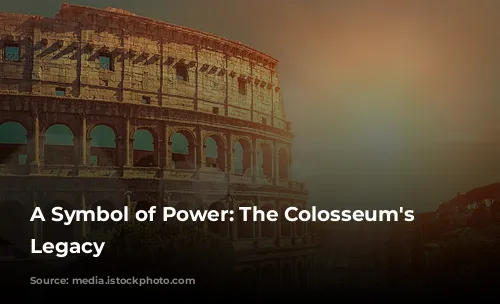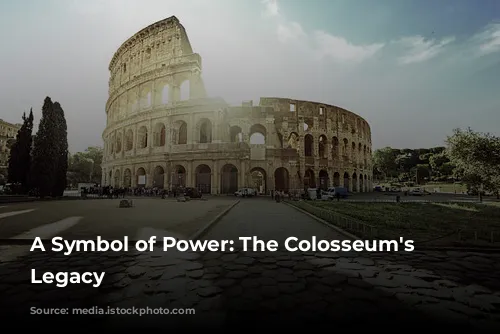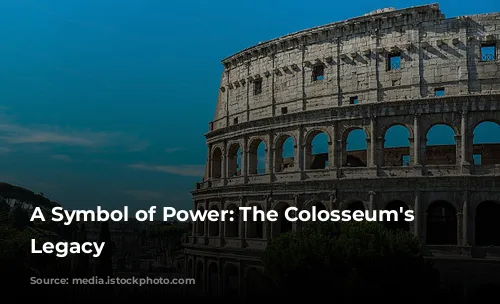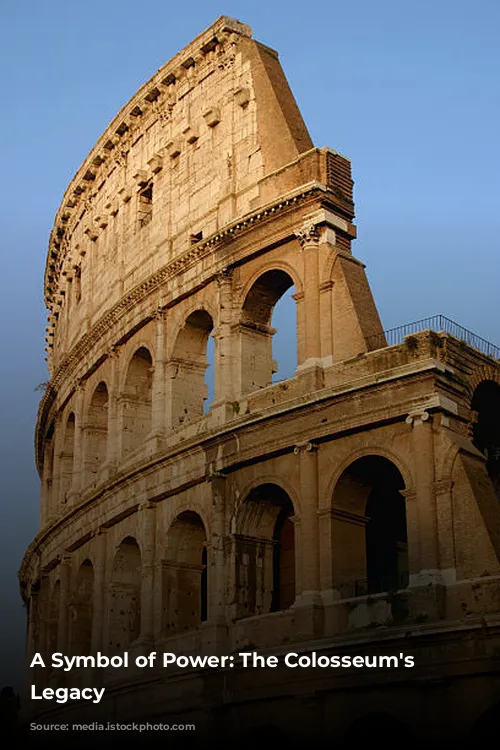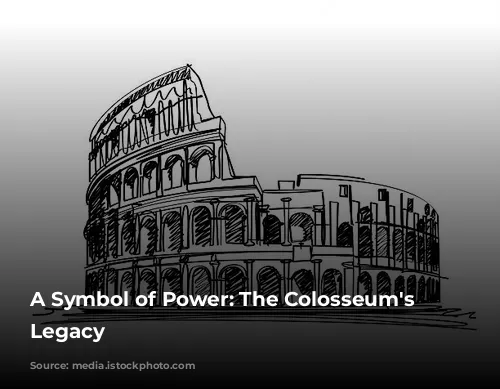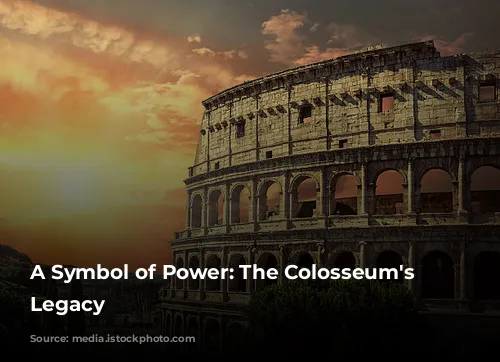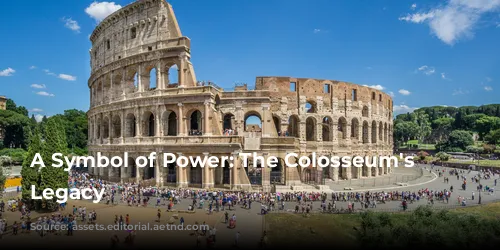The Colosseum, also known as the Flavian Amphitheater, stands as a testament to the grandeur of ancient Rome. This iconic structure, built in the first century A.D., is often associated with gladiatorial combat and animal spectacles, evoking images of thrilling, yet brutal, entertainment. But beyond its blood-soaked history, the Colosseum represents a marvel of architectural ingenuity and a powerful symbol of the Flavian dynasty’s reign.

A Monument to Resurgence
The Flavian dynasty, led by Emperor Vespasian and his sons Titus and Domitian, embarked on a monumental rebuilding project to restore Rome after years of devastating fire, plague, and civil war. One of the most significant projects of this era was the construction of the Colosseum. Funded by the spoils from the Roman siege of Jerusalem during the First Jewish-Roman War, the Colosseum served as a powerful symbol of Rome’s resurgence. Its dedication ten years after construction was a grand display of political strength.

An Architectural Masterpiece
The Colosseum was not just a symbol but also an innovative architectural wonder. Built with millions of cubic feet of concrete, travertine, marble, stone, and timber, the Colosseum reached a height of 157 feet— comparable to a 15-story building. With an estimated capacity of 50,000 to 80,000 spectators, the Colosseum was the largest and most complex permanent amphitheater of the ancient world.
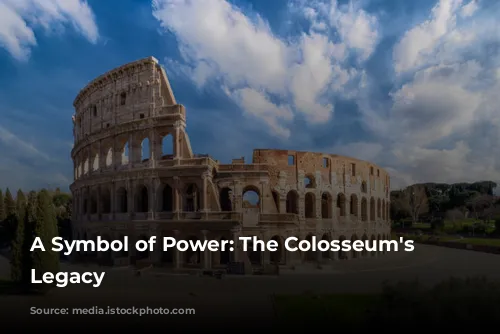
A Symbol of Social Hierarchy
The construction of the Colosseum was not just about grand displays of power and architectural innovation; it was also about reinforcing Roman society’s rigid social hierarchy. The Colosseum’s seating arrangement reflected this system, with elite citizens enjoying the best seats closest to the arena while the lower classes were relegated to the upper levels. The Colosseum’s design ensured that all spectators could witness the events in the arena, yet the social structure was clearly evident in the designated seating arrangements.
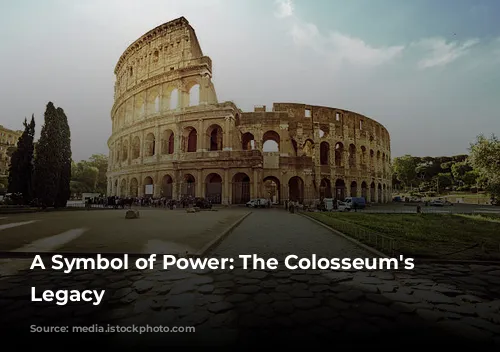
The Colosseum’s Architectural Brilliance
The Colosseum was built on the site of Nero’s estate, Domus Aurea, a stark reminder of the previous emperor’s extravagance and the Flavian dynasty’s desire to erase their predecessor’s legacy. The Colosseum’s grand design, with its series of columns, arches, and barrel vaults, was inspired by earlier entertainment structures like Greek theaters. However, it was the Colosseum’s use of concrete that truly revolutionized Roman architecture. This innovative material enabled the construction of this massive structure and contributed to its enduring legacy.
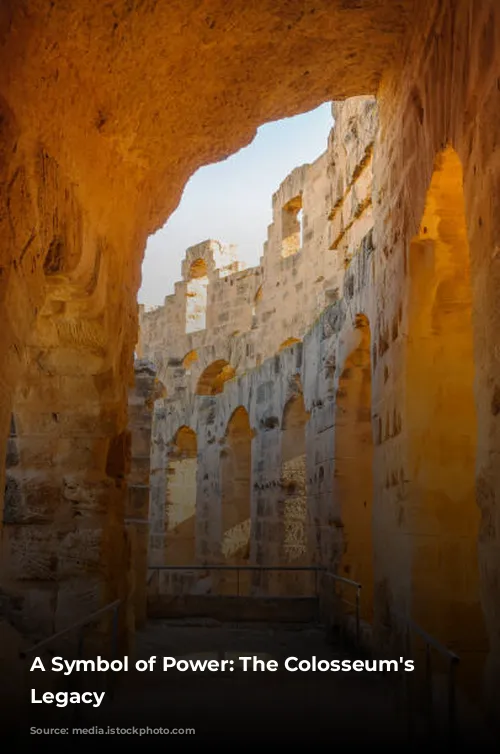
A Lasting Legacy
The Colosseum’s intricate drainage system, retractable awning, and complex network of underground chambers, known as the hypogeum, allowed for spectacular theatrical effects and even mock sea battles. The Colosseum’s ingenious design included trap doors, pulleys, and lifts that facilitated dramatic entrances for participants and scenery, even allowing elephants to appear seemingly out of nowhere.
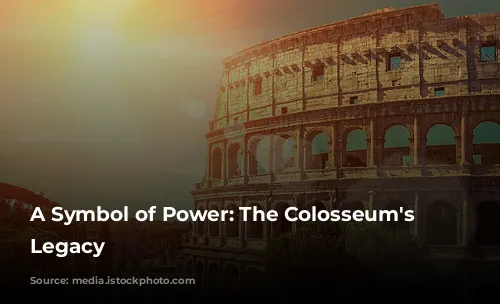
The Colosseum’s Construction and Funding
The Colosseum’s construction involved a considerable amount of labor, and many scholars believe that Jewish slaves were forced to build this monument. However, while a significant number of slaves were used, the exact source of this labor remains unclear. A prominent inscription at the Colosseum indicates that the structure was financed with the proceeds from the sale of the spoils from the siege of Jerusalem.

A Timeless Inspiration
The Colosseum, more than just a monument, served as a model for future outdoor arenas. Its architectural features, such as arches, an elliptical shape, and an organized seating system, have inspired the design of modern stadiums around the world. The Colosseum stands as a testament to the ingenuity and grandeur of ancient Roman engineering, a symbol of power, and a window into the social structure of a bygone era. It continues to inspire and amaze, reminding us of the enduring legacy of the Roman Empire.
